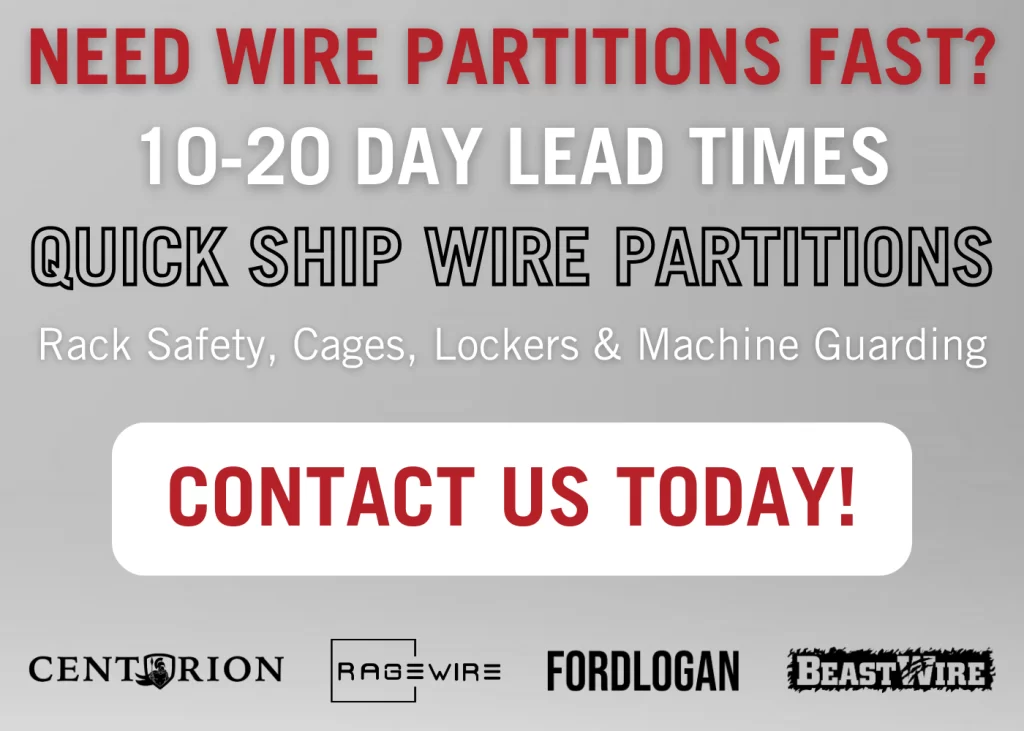As we continue to grow at SpaceGuard Finishing Solutions, we strive to find new ways to add value to our customers and give back to our community. Recently, we reduced our carbon footprint in the environment by removing toxic waste and heavy metals from a significant portion of how we do business.
A year ago, SpaceGuard Finishing Solutions introduced a new powder booth system—a fully automated Wagner powder booth with 16 automated guns and two manual guns. This state-of-the-art powder coating line can handle several metal substrates with a silhouette of 24″ wide by 66″ high by 148″ long, including steel and aluminum.
We also operate a batch powder booth that can accommodate 24′ long parts and a more extensive profile. (Learn more about the benefits of the batch powder booth in an upcoming blog.)
When the metal arrives at our factory, it goes through a three-step prep or cleaning process to remove any additional debris before entering the powder booth. First, a wash. Next, a rinse, and then a final rinse.
Like many of our competitors, our pretreatment wash process included iron phosphate. Phosphate is a heavy, toxic metal that is not good for our environment—drinking water, groundwater, or natural water.
It can’t drain into the city sewer drain and needs to be captured, treated, and sent off for testing. This process is tedious, time-consuming, and costly. However, until now, we haven’t had a viable alternative.
The Green Alternative
A couple of times a year, we must drain, filter, and clean the harsh toxins from the water tank that holds the phosphate. Around October of last year, Jason Noel, our Manufacturing Equipment Manager, began researching alternatives. And he found a greener pretreatment using organic zirconium.
“When it came time to drain and wash the tank, I wondered how we stop doing it, and going ‘green’ was the only option. So now we’re saving time, money, and the environment,” commented Jason Noel.
Zirconium is not a hazardous material like phosphate. We don’t need to collect it or perform testing. And because it’s a natural mineral, it’s safe to drain directly into the city sewer/water system.
Also, because zirconium doesn’t require high temperatures, we don’t have to use as much energy or gas to heat the water. The phosphate requires temperatures of 125-130 degrees to clean the metals. But zirconium only requires 70 degrees to heat. Since it’s not high, the water does not evaporate as fast, and we save on water and natural gas.
Another benefit of organic zirconium is it prevents flash rust. Although we do not typically have a flash rusting problem, it’s still possible. When steel gets wet quickly, surface rust can develop.
However, this pretreatment reduces the flash rust between the time it comes from the rinse cycle and into the dry-off oven. Rust can prevent the powder from adhering to the metal properly, which of course, we want to avoid.
Product Testing
The zirconium pretreatment etches the steel or metal as it cleans. This process opens the substrate so the powder can more readily adhere and produces a clean finish. To verify the powder adheres properly, Noel performs various tests ensuring our customers receive the best product on the market. These tests let him know if there were problems with the three-step pretreatment process or the curing process.
The first test is called a cross-hatch test. It requires using a small multi-bladed knife to create a tic-tac-toe pattern cutting through the paint into the steel. Then a piece of heavy tape is pressed over the design and then pulled off. If paint comes with it, the test fails.
The second test is the MEK test, which is a solvent like a paint thinner. The solvent is applied to a Q-tip and then swiped across the paint about 20 times. If the paint begins to fade away or peels off, the test fails.
The third is a peel test, which means taking a knife and scoring the paint. If the paint circles like a pig’s tail, then the paint has a good cure. If it flakes or chips, the paint did not cure well. Once again, there was a problem either with the three-step pretreatment process or the curing process.
And finally, there is an impact test where a 5lb weight is dropped about 10inches onto the metal. If the paint chips or cracks, then the test again fails.
“Since installed, our powder booth has only failed a test one time,” said Jason, “I test randomly, several times a day. With the zirconium pretreatment, it would be doubtful for us to fail a test. But I will keep testing to make sure we are consistently producing the best product on the market every time!”
Conclusion
With this new zirconium pretreatment, we help save the environment. Plus, by not using heavy metals like phosphate, we also save on natural gas and water. And we’re passing the savings onto you, our customers.
With the product testing, you know you’re receiving the best wire mesh product on the market. The paint won’t flake, chip, or rust.
Additionally, we offer powder coating services to customers in the fabricated metal products sector. Our powder booth can accommodate metal substrates up to 24″ wide by 66″ high by 148″ long.
We also offer batch powder coating services for small volumes, large sizes, odd configurations, and a variety of other requirements. And, with our batch powder booth, we can accommodate products up to 24′ long.
Contact a member of our sales team for more information or a quotation today. [email protected]
![]()
SpaceGuard Finishing Solutions is a subsidy of SpaceGuard Products and provides powder coating services to customers in the fabricated metal products sector.
